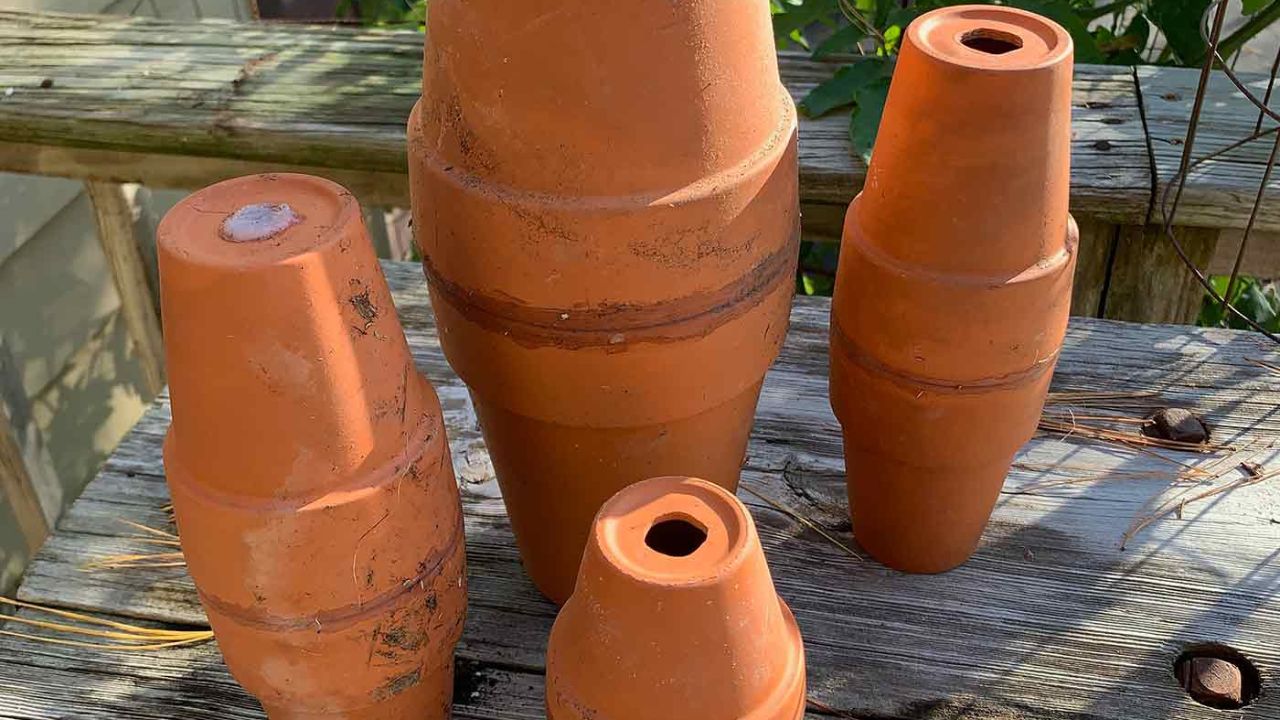Olla pots are an ancient irrigation method that uses unglazed clay pots to provide a slow, steady supply of water directly to plant roots. This efficient watering system has been used for centuries, particularly in arid regions. In this guide, we’ll explore the history of ollas, their advantages, and a step-by-step process to create your own DIY ollas.
What are Ollas?
Ollas are traditional clay pots that are buried in the soil and filled with water. Their porous nature allows water to seep out slowly, providing moisture directly to the plants’ root zones. This method minimizes evaporation and runoff, making it an eco-friendly irrigation solution.
History of Ollas in Gardening:
The use of ollas dates back thousands of years, with origins in ancient Mesopotamia and later adopted by various cultures, including the Native Americans of the Southwest. Historically, they were instrumental in agriculture, especially in dry climates where water conservation was crucial. This ancient technique is now gaining popularity again as gardeners seek sustainable practices.
What are the Advantages of Using Ollas for Irrigation?
- Water Conservation: Ollas minimize water waste by delivering moisture directly to the roots.
- Reduced Evaporation: The buried pots prevent water loss from evaporation, making them ideal for hot climates.
- Less Frequent Watering: With ollas, you can reduce the frequency of watering, as they release moisture over time.
- Healthy Roots: The steady moisture levels promote healthier root systems and overall plant growth.
- Simplicity: Once installed, ollas require little maintenance and are easy to use.
How to Make Homemade Ollas
Overview:
Creating your own ollas is a straightforward process that requires just a few materials and tools. Follow the steps below to make your own irrigation pots.
Equipment You’ll Need:
- Two unglazed clay pots (one smaller and one larger)
- Potting soil or sand (for sealing)
- Water
- Sealant (optional, for extra waterproofing)
- Drill with a small bit (optional)
Join the Two Pots Together:
- Invert the Smaller Pot: Take the smaller pot and turn it upside down.
- Place Inside the Larger Pot: Insert the smaller pot into the larger one. Ensure there’s a gap for the water to fill.
Seal One of the Pots’ Drainage Holes
- Fill the Drainage Hole: Use potting soil or sand to seal the drainage hole of the smaller pot. This will keep the water contained inside.
Test the Seals
- Fill the Smaller Pot with Water: After sealing, fill the smaller pot with water to test for leaks.
- Check for Drips: If there are any leaks, reinforce the seal with additional potting soil or a waterproof sealant.
Optional: Widen the Fill Hole
- Drill a Hole (if desired): If you want an easier way to fill your olla, consider drilling a hole in the lid of the larger pot to make it a fill point.
Make Sure the Cover Sits Fairly Securely on the Olla
- Align the Pots: Ensure the larger pot fits securely over the smaller pot, providing a stable cover.
How to Use Homemade Ollas?
- Burial: Bury the olla in your garden, leaving the top edge slightly above the soil for easy filling.
- Fill with Water: Regularly fill the olla with water. It will gradually seep out, hydrating the surrounding soil.
- Monitor Moisture Levels: Check the soil moisture regularly to determine when to refill the olla.
FAQs:
How deep should I bury my olla?
Bury it deep enough so that the top is just above the soil surface, typically about 6 to 12 inches.
How often should I fill my olla?
This depends on climate and plant needs, but generally, refilling every few days to a week is sufficient.
Can I use ollas for all types of plants?
Yes, ollas work well for most garden plants, especially those that prefer consistent moisture.
Conclusion:
DIY ollas are an effective, sustainable way to irrigate your garden, utilizing a method that’s stood the test of time. By making your own, you not only save money but also engage in an environmentally friendly gardening practice. Give it a try, and enjoy the benefits of efficient irrigation!





